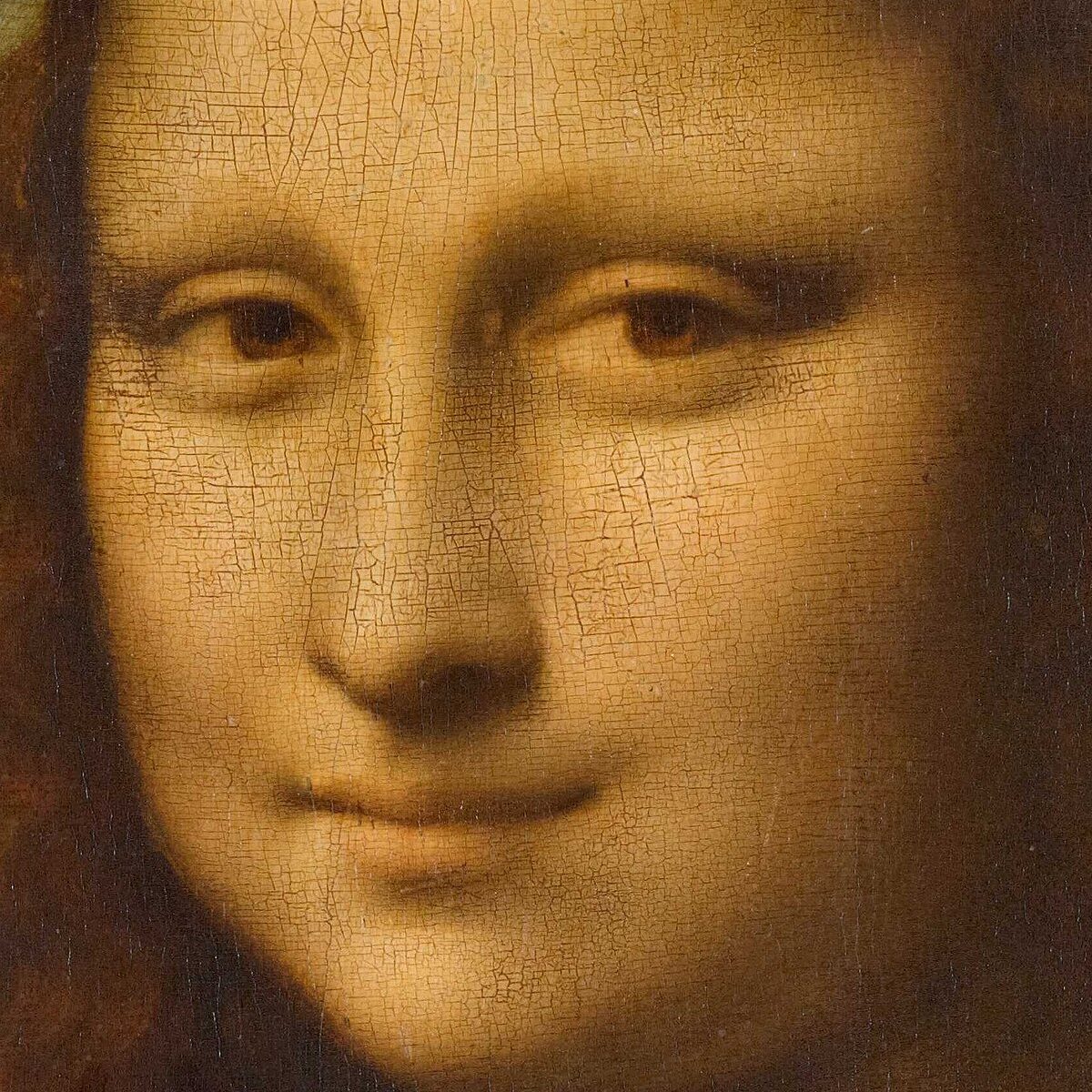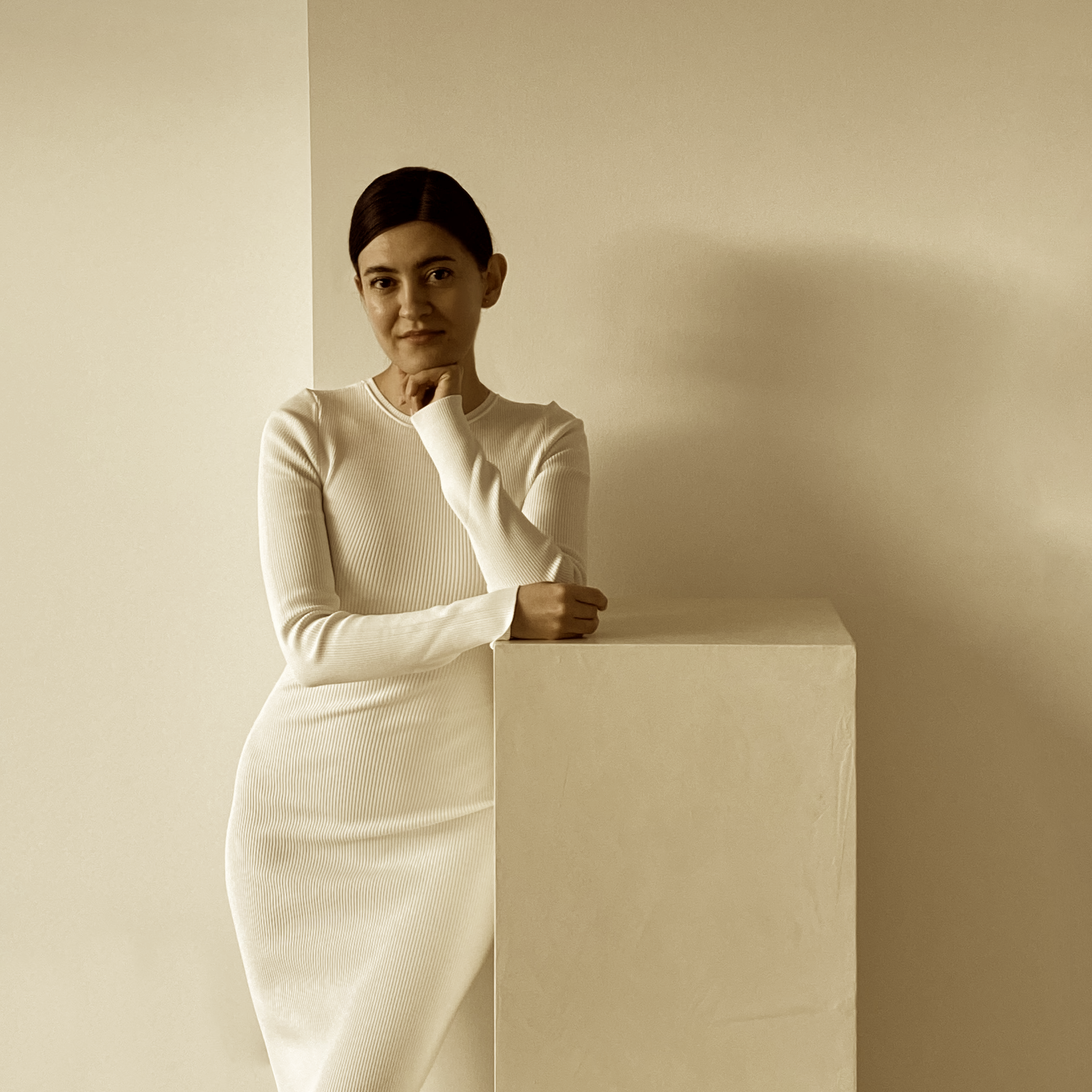
sfumato & mona lisa
Up to this point, artists would copy nature line by line and detail by detail with no room for imagination or vagueness in the hope of portraying nature with the utmost level of accuracy. This technique made objects very accurate in presentations but rigid and statue-like with no movement. These artists missed what Leonardo Da Vinci realized about the way our eyes work. When forms are not drawn quite perfectly and the transition from one line to another is blurred, the objects appear more life-like.
Da Vinci described Sfumato as “without lines or borders, in the manner of smoke or beyond the focus plane.”
The elements of imperfection and deviations from nature would actually create livelihood and a sense of movement that cannot be achieved with the faithful following of details. Because our eyes see things differently from what they seem and Da Vinci used this to his advantage to bring his objects to life in his paintings. Sfumato blurs the boundaries between forms and shapes of objects in a scene. It blends the colors and transitions of tones to leave a soft appearance of reality.
The famous painting of Mona Lisa by Da Vinci is the perfect example of Sfumato. We see the details of the story, like the wrinkles of her sleeves and the embroidery of her dress’s neckline, are defined by the blurred transitions of colors, tones and lines without rigid outlines or boundaries. There is not one line shown with a clear border of its own, yet details of her face and dress and even her hair are all communicated with us. To give an elusive expression to her face, the corners of her mouth and her eyes are not precise as Leonardo deliberately left these areas vague. The shadows around these two important areas of her face, perfectly blended with the surroundings, give the painting depth and an expression that is not quite certain. If we look at her face, she changes before us with a smile that fades into sadness.
sfumato & the science of manipulating reality
Our previous articles, Here and Here, discussed the natural process of shaping memories and the role of Hippo and previously registered events when developing new memories. To summarize, we see objects when white light interacts with them. Our visual system interprets and manipulates the information received before passing on the modified information to the brain. So, what we see is our own perception and personal filters, developed by our past experiences.
Sfumato deceives our visual field’s linear perspective to create depth and a sense of atmosphere that transforms an image from a 2-dimensional perspective to a 3-dimensional one.
The soft transitions between colors, forms and shapes prevent a single point of focus. This lack of focus manipulates how, what and when we see each part of the painting.
When we look at Mona Lisa, we see the degree of her smile change as we change our visual perspective. When looking at her eyes or the background, she appears to be smiling as we see her lips at our peripheral (side) vision. But if we change our vision angle and look directly at her lips and gaze long enough, we see a more neutral or even sad expression. We no longer see a smile. Notice how our own facial expressions change as we notice her many moods and toggle between happy, neutral, sad and even fawning. The changes in our visual perspective influence what parts and features of a face we focus on and how we interpret them. We perceive the same information differently every time we change our perspective. The lack of a focal point or any hard edges in this painting encourages changes in our visual perspective and we perceive her many moods and expressions one layer at a time.
resources:
- Phaidon E.H. Gombrich- “The Story of Art”
- Livingstone- Harvard- “Vision & Art”
subscribe to our newsletter

my name is aidin belganeh and i am the founder and chief creative director at bluebeige designs. i graduated with a bba degree in marketing from southern methodist university in 2012. while working in creative marketing and ux design, i realized my passion for architecture and design. i then enrolled at new york school of interior design, nysid, to pursue a career in interior design.
i started bluebeige designs shortly after. bluebeige designs is a design studio focusing on creating beauty through simple plain spaces. bluebeige designs magazine is an extension of our brand to explore interesting topics through the lens of architecture and psychology. our articles are in scholarly writing to explore the connections between science, art, design and architecture.
our articles put a spotlight on topics that can help us understand the world around us or change the way we see or perceive it. each article is carefully curated and referenced through data-based research and studies.
0 Comments